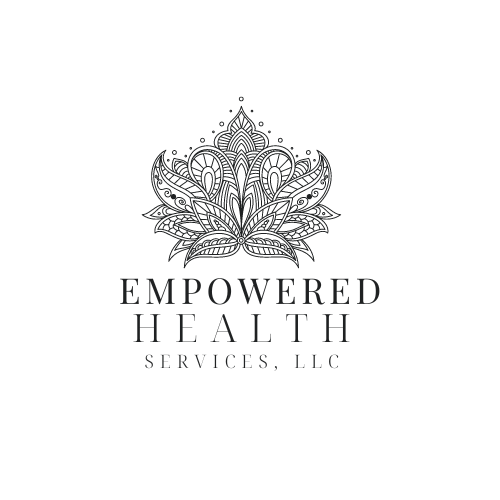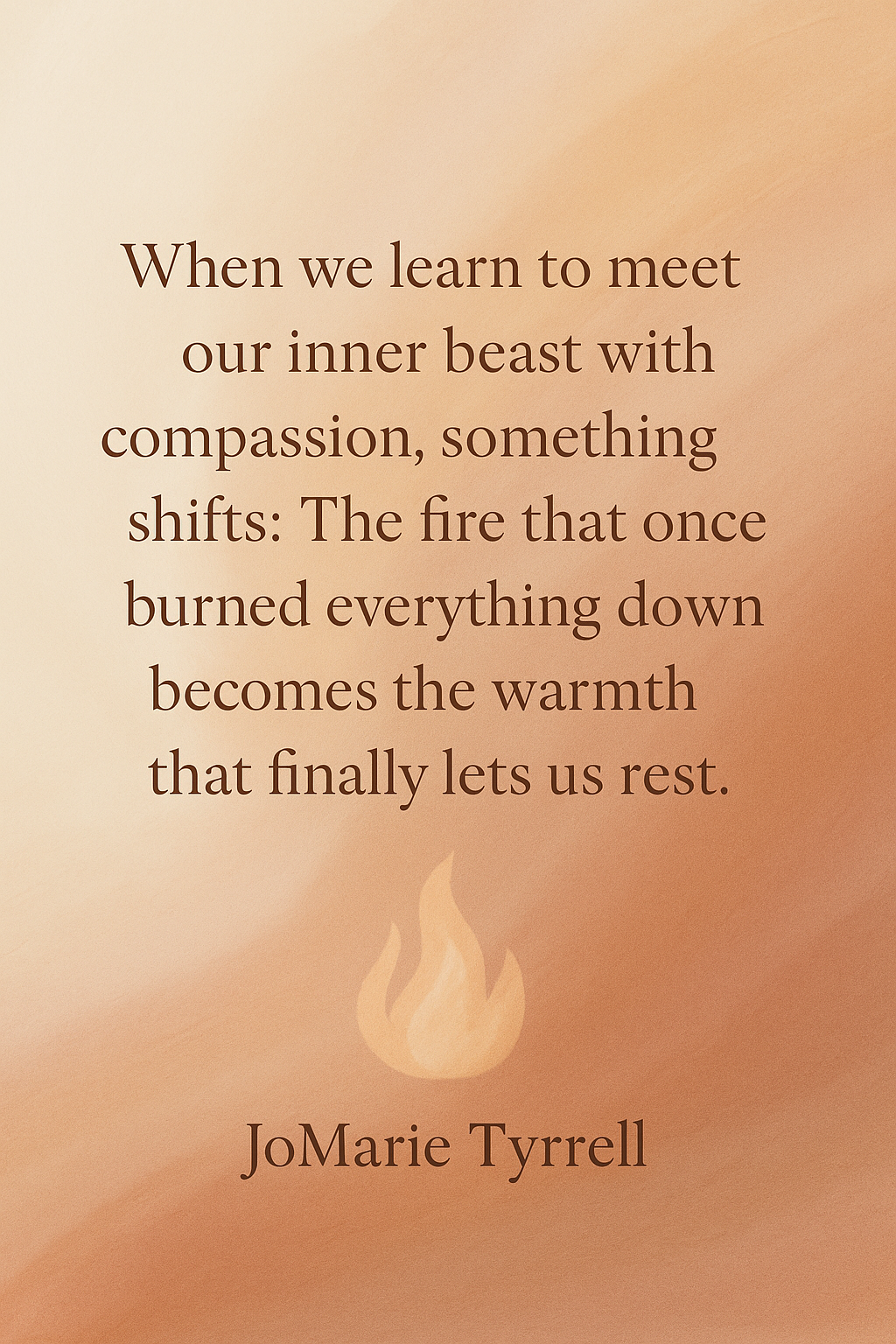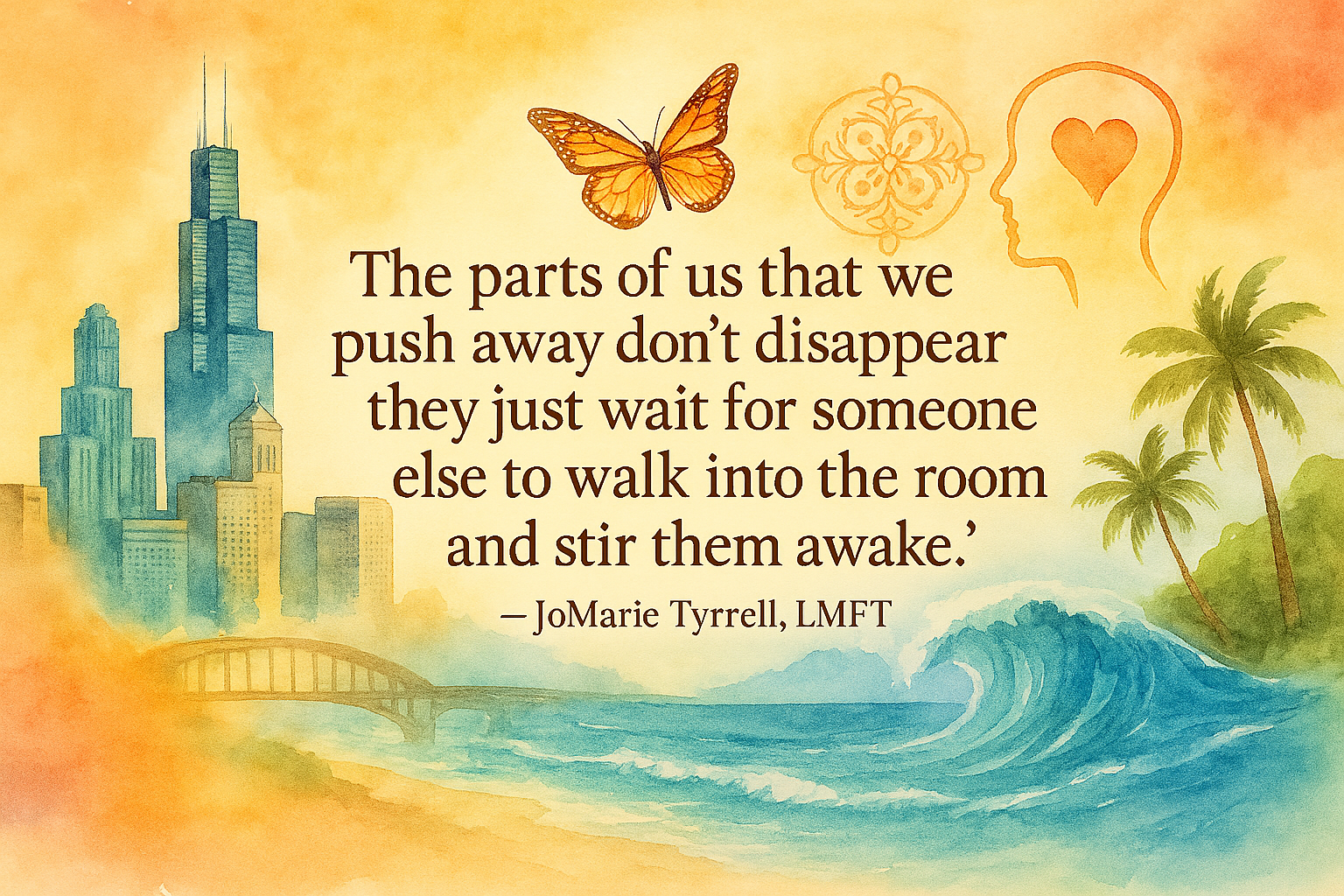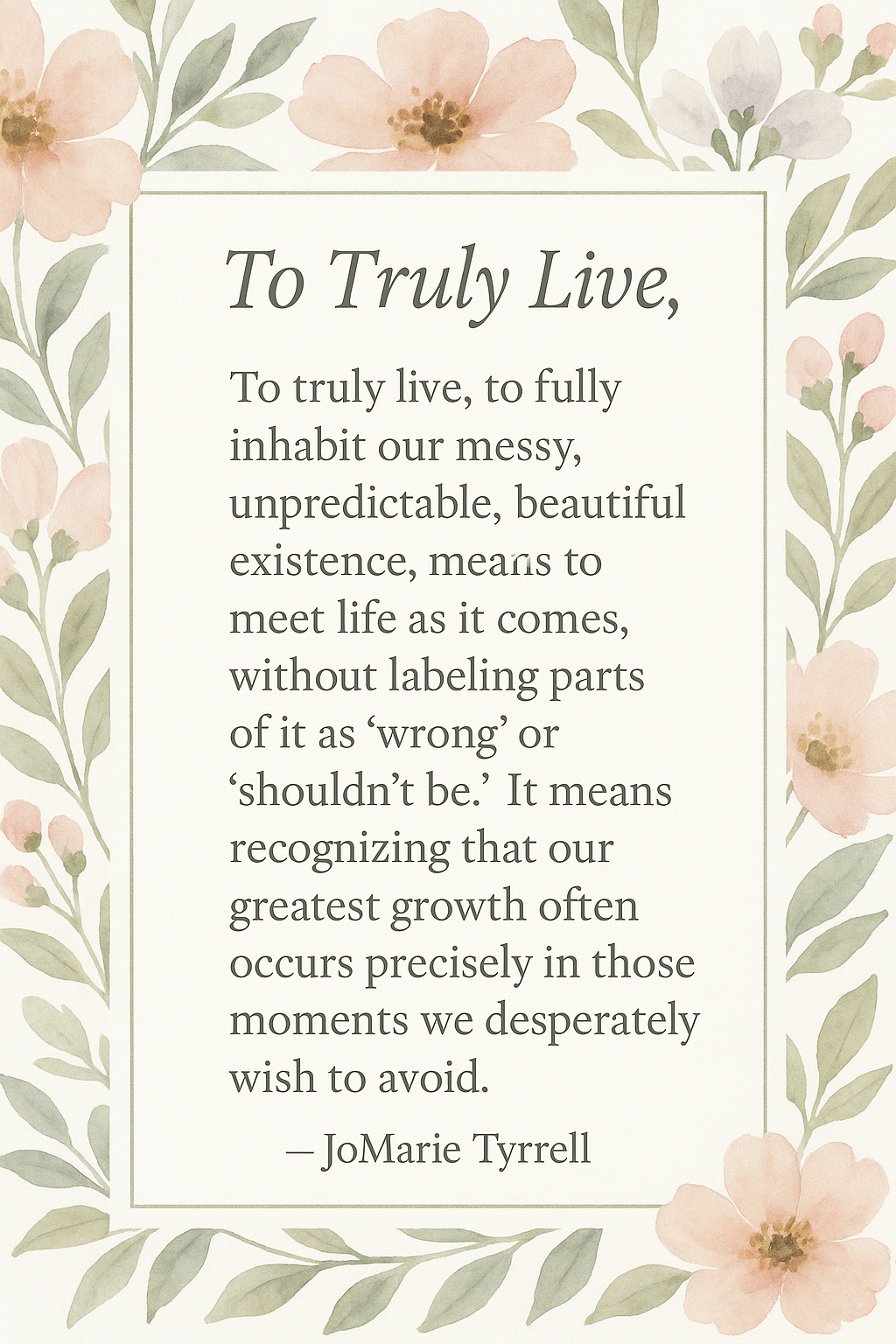When the Anger Isn’t About What It’s About
We all know that moment, the one where something tiny sets off something enormous. A text that goes unanswered. A tone that feels off. Suddenly, your chest tightens, your voice sharpens, and you’re saying things that surprise even you.
And afterward, that little voice inside whispers: What was that?!
Here’s the thing: anger is rarely about the thing that triggered it. Most of the time, it’s about something older, something that never got a chance to be felt.
The Ghost Beneath the Anger
Anger is the bodyguard of more vulnerable feelings, hurt, shame, fear, sadness. It steps in to protect you when those softer emotions feel too risky or unsafe to reveal.
Maybe you grew up learning that sadness made you weak or vulnerable or unguarded. Maybe your dad was physically there but emotionally somewhere else and you decided it was safer to be self-sufficient than disappointed. That’s how abandonment wounds take root: not just in being left, but in learning that needing someone was dangerous or lonely.
Fast forward to adulthood, and someone forgets to call back. You know, rationally, it’s not a big deal, but something deep inside flares like a match. Because it feels big. It feels familiar.
That’s what displacement looks like. The emotion fits, but the moment doesn’t.
The Part of You That Roars
We all have a version of what I call “the inner beast.” (Don’t worry, everyone’s got one. It’s not bad; it’s human.)
It’s the part that erupts when you feel unseen or devalued, that ancient protector that says, I won’t be unprotected again. It might come out as irritation, sarcasm, withdrawal, or full-blown rage.
This part isn’t your enemy; it’s your oldest ally. It just doesn’t realize that you’ve grown up and don’t need it to fight so hard anymore.
What the Anger Is Trying to Say
The next time you feel yourself getting hot, defensive, or reactive, try this:
Pause. Breathe.
Ask, If this isn’t about what’s happening right now, what might it be about?
You might be surprised by what you find underneath, a younger part of you that still wonders, Am I worth staying for?
That’s where compassion comes in, not the self-help kind that sugarcoats everything, but the grounded kind that says, Of course you’re angry. You were left once. You don’t want to be left again. This is the compassion that sits with our younger versions with patience, acceptance and love.
When you can meet that younger part with understanding instead of judgment, the fire cools. The anger doesn’t disappear, but it transforms. It becomes energy, clear, direct, alive, instead of destruction.
Making Peace With the Beast
In therapy, this is one of the most healing moments: when a client sees that their “anger problem” was never a problem at all, it was a signal. The body saying, Something in me still hurts.
Once you start listening instead of reacting, the beast doesn’t need to roar as loudly. It starts to trust you. And that’s when real change happens, not because you’ve learned how to suppress your feelings, but because you’ve learned how to be with them and metabolize them, a.k.a FEEL them.
If you’re curious about what your own anger might be protecting, therapy can help you trace the emotional threads back to where they began, not to dwell there, but to finally set them down or metabolize it.
At Empowered Health Services, my work centers on helping clients understand their emotional patterns and reconnect to their deeper strength. Because when we learn to meet our inner beast with compassion, something shifts:
The fire that once burned everything down becomes the warmth that finally lets us rest.












